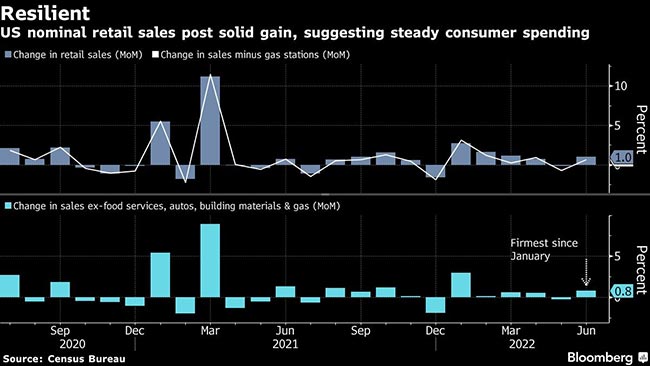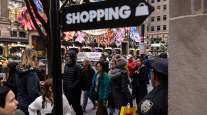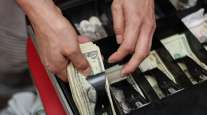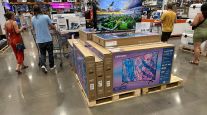Retail Sales Top Forecast in Boost From High Inflation

[Stay on top of transportation news: Get TTNews in your inbox.]
Retail sales were stronger than expected in June, but after several economists adjusted the data for inflation, they still point to a leveling off in spending.
The value of overall retail purchases increased 1%, after an upwardly revised 0.1% decline in May, Commerce Department figures showed July 15. The figures aren’t adjusted for inflation.
The median estimate in a Bloomberg survey of economists called for a 0.9% advance in overall retail sales from a month earlier.
The figures likely reflect the impact of decades-high inflation rather than an acceleration in spending activity. Consumer prices rose 9.1% in the year through June, the highest since late 1981, sparking a debate as to whether the Federal Reserve would consider an unprecedented full percentage-point interest rate hike later this month.
Those prospects receded as two officials declined to endorse such a move and a key measure of inflation expectations cooled. Traders also wagered that a 75 basis-point move remained the most likely outcome following both reports and stocks rallied.
“Padded by high savings and rising wages, American households are spending nearly as much money as they did earlier, but largely to keep up with higher prices, not to actually buy more stuff,” Sal Guatieri, senior economist at BMO Capital Markets, said in a note.

“That said, today’s report may cool talk of a near-term recession, while still keeping the Fed on track for a 75-bp rate hike later this month,” he said.
Nine of the 13 retail categories showed increases last month, according to the report, including furniture stores, e-commerce and sporting goods stores.
Sales at gasoline stations rose by 3.6%, following a 5.6% advance in the prior month, and driven by a surge in gas prices to more than $5 a gallon in mid-June. Prices have since fallen sharply, suggesting the figures could soften in the July data.
That’s already had an impact on consumer sentiment, which ticked up in early July, though remained near a record low, and inflation expectations eased. Still, economists see rising chances of a recession as the Fed raises interest rates steeply to ensure inflation gets under control.
Want more news? Listen to today's daily briefing above or go here for more info
Auto sales climbed 0.8% in June, following a decline in May.
Grocery store sales rose 0.6%, which likely reflects higher prices rather than increased buying activity since the figures aren’t adjusted for inflation. Food prices, along with gas and shelter, were among the leading contributors to the CPI in June.
Restaurant sales, the report’s only services component, advanced 1%.
So-called control group sales — which are used to calculate gross domestic product and exclude food services, auto dealers, building materials stores and gasoline stations — increased 0.8% in June, the largest gain since January.
Also on July 15, a measure of U.S. factory output declined in June for a second month, restrained by higher inventories and a softer economic outlook.




